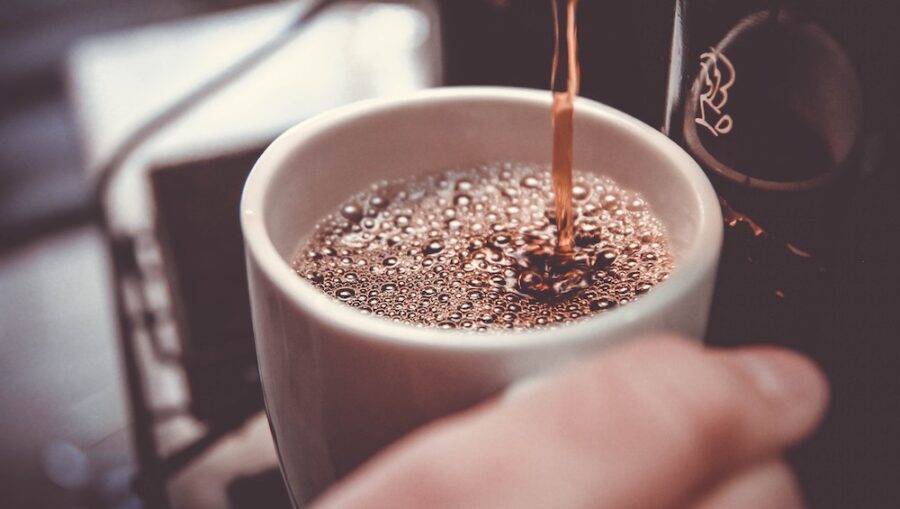New Drug For Daytime Sleepiness That’s Way Better Than Caffeine
A new perscription drug is more effective than caffeine at staying awake during the day.

Caffeine, most commonly consumed in coffee, has long served as the worldwide remedy for combating daytime sleepiness, and for a majority, it performs sufficiently well. However, for individuals suffering from Obstructive Sleep Apnea (OSA) and Excessive Daytime Sleepiness (EDS), caffeine may not always provide the desired level of wakefulness. According to Science Alert, solriamfetol, a prescription drug, has emerged as a promising alternative in such scenarios.
Solriamfetol, initially formulated to manage narcolepsy and Obstructive Sleep Apnea (OSA), has a distinct neurochemical pathway from caffeine. Unlike caffeine, which bolsters alertness by inhibiting adenosine receptors, solriamfetol increases the levels of dopamine and norepinephrine – neurotransmitters linked to wakefulness. This unique mechanism of action suggests that solriamfetol could be a potentially superior substitute to caffeine for promoting alertness, particularly in patients with OSA and Excessive Daytime Sleepiness (EDS).
Dr. Tyler Pitre and his team of researchers at McMaster University conducted a thorough review assessing the performance of three anti-fatigue drugs: solriamfetol, armodafinil-modafinil, and pitolisant. All three demonstrated a superior ability to alleviate Excessive Daytime Sleepiness (EDS) compared to placebos, with solriamfetol displaying the most notable statistical improvement in wakefulness. These findings suggest that solriamfetol might significantly enhance alertness more than caffeine, especially for those dealing with OSA and EDS.
Solriamfetol’s merits go beyond the scientific evidence. A significant advantage it holds over caffeine is its longer-lasting effect. Caffeine’s alertness-boosting impact can fade within a few hours, often necessitating several doses throughout the day, which could potentially interfere with sleep. In contrast, solriamfetol maintains wakefulness for as long as nine hours, requiring less frequent dosing and minimizing sleep disruption risk.

Despite the benefits of solriamfetol, there are challenges that make caffeine a more convenient choice for many. Solriamfetol can cause side effects such as headache, nausea, and decreased appetite – similar to the symptoms large doses of caffeine can produce. Furthermore, the widespread availability and social acceptance of caffeine make it a more accessible choice compared to solriamfetol, which requires a prescription.
Moreover, solriamfetol, like other stimulants, carries a risk of abuse and dependency. Although caffeine also holds a risk of dependency, withdrawal symptoms from caffeine are generally milder, often involving headaches and fatigue. In contrast, discontinuing solriamfetol abruptly after prolonged use can lead to more severe withdrawal symptoms, similar to those associated with potent stimulant drugs.
It’s also worth noting that much like caffeine, solriamfetol improves wakefulness, but it doesn’t cure the underlying issues causing Obstructive Sleep Apnea (OSA) and Excessive Daytime Sleepiness (EDS). Even though it helps manage symptoms, it isn’t a permanent cure. Despite this, with OSA affecting up to a billion people worldwide, medications like solriamfetol might pave the way for improved treatment methods.
Given factors such as cost and availability, solriamfetol may not be a feasible solution for everyone seeking to combat daytime drowsiness. As a prescription medication, it can be costly, and accessibility may be limited for some. Until these barriers are addressed, maintaining the traditional morning ritual, which frequently includes a cup of coffee filled with caffeine, remains likely the most practical approach for most.












